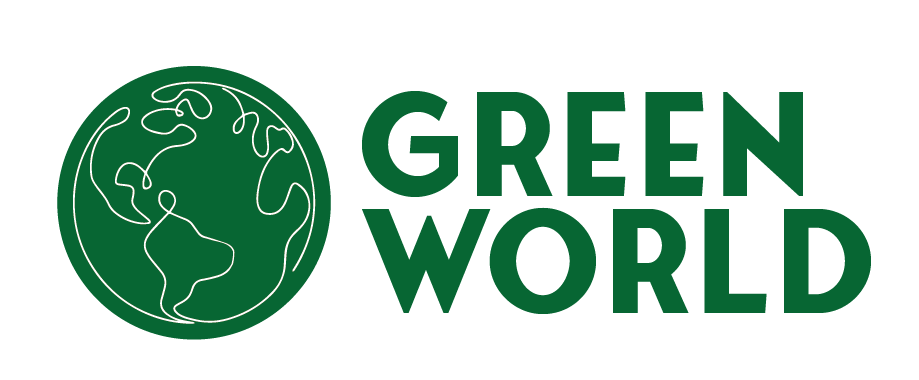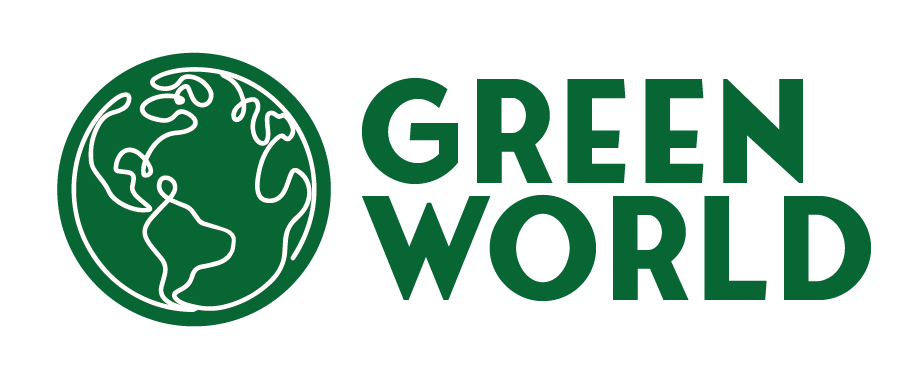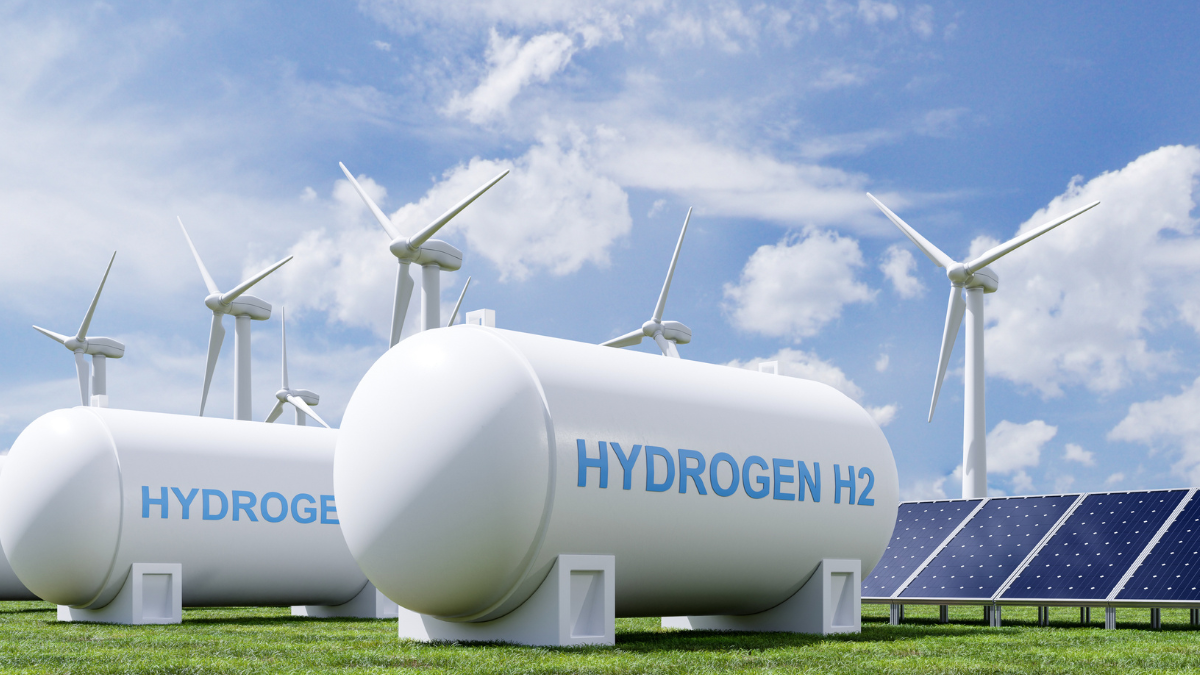Tunisia, strategically located with abundant solar resources, is partnering with Italy to become a key player in green hydrogen production and Mediterranean energy integration. This collaboration, driven by Italy’s desire to diversify its energy sources and accelerate its energy transition, has resulted in the launch of a groundbreaking pilot project for green hydrogen production on Tunisian soil. Enel, in partnership with Eni and with the support of the Tunisian government, announced this initiative during an entrepreneurs’ forum at Villa Madama, coinciding with the signing of the Interministerial Declaration on the Mediterranean Hydrogen Corridor (South H2). Salvatore Bernabei, director of Enel Green Power and Thermal Generation, emphasized the project’s central role within the Mattei Plan, designed to integrate North Africa and Europe, with Italy as a crucial energy hub.
Tunisia’s selection for this ambitious project is based on its ample solar radiation and strategic location, making it ideal for renewable energy development. Green hydrogen, produced through water electrolysis powered by renewable energy, is crucial for decarbonizing sectors like heavy industry and maritime transport. Tunisia aims to produce 8 million tons of green hydrogen by 2050 and is actively seeking international collaboration. While Tunisia’s investment climate is attractive, the estimated investment for green hydrogen development ranges between €150 billion and €250 billion.
Addressing the challenge of water scarcity, the Ministry of Industry, Mines, and Energy has confirmed that national water resources will not be used for electrolysis. Instead, the focus will be on reusing wastewater and desalinating seawater. Four seawater desalination plants have been inaugurated in 2024 in Djerba, Zarat (Gabes), Sfax, and Sousse. The government is also building two reservoirs in Kalaa and Saida, and plans four new dams to ensure water supply, particularly in central-southern regions.
Environmental and social impact studies are mandatory for green hydrogen projects, especially for securing international funding. This will be a key topic during Italian Minister for the Environment and Energy Security Gilberto Pichetto Fratin’s visit to Tunisia on January 29.
Tunisia aims to increase renewable electricity production to 30% by 2030, up from the current 5%. Italy is a key partner in this effort, with a recent agreement committing €400 million for development projects in Tunisia, doubling its investment.
Southern Tunisia, home to Eni’s (50/10) Tataouine (20 MW, >5 GWh annually) and Adam (10 MW) power plants, offers excellent conditions for solar energy. The Tataouine plant uses a solar tracking system for optimized energy production, while the Adam plant supports a nearby hydrocarbon facility.
The Mattei Plan envisions harnessing Tunisia’s renewable energy for clean energy production and mutual economic benefits. The Elmed energy bridge, a power line by Terna and Steg, will connect Partanna (Sicily) and Mlaabi (Cape Bon, Tunisia). This €850 million project, including a 200km submarine cable at depths up to 800 meters, will have a 600 MW capacity, with over €300 million funded by the EU’s Connecting Europe Facility (CEF). This initiative underscores the potential of Tunisia’s renewable resources and promotes Mediterranean energy integration.



